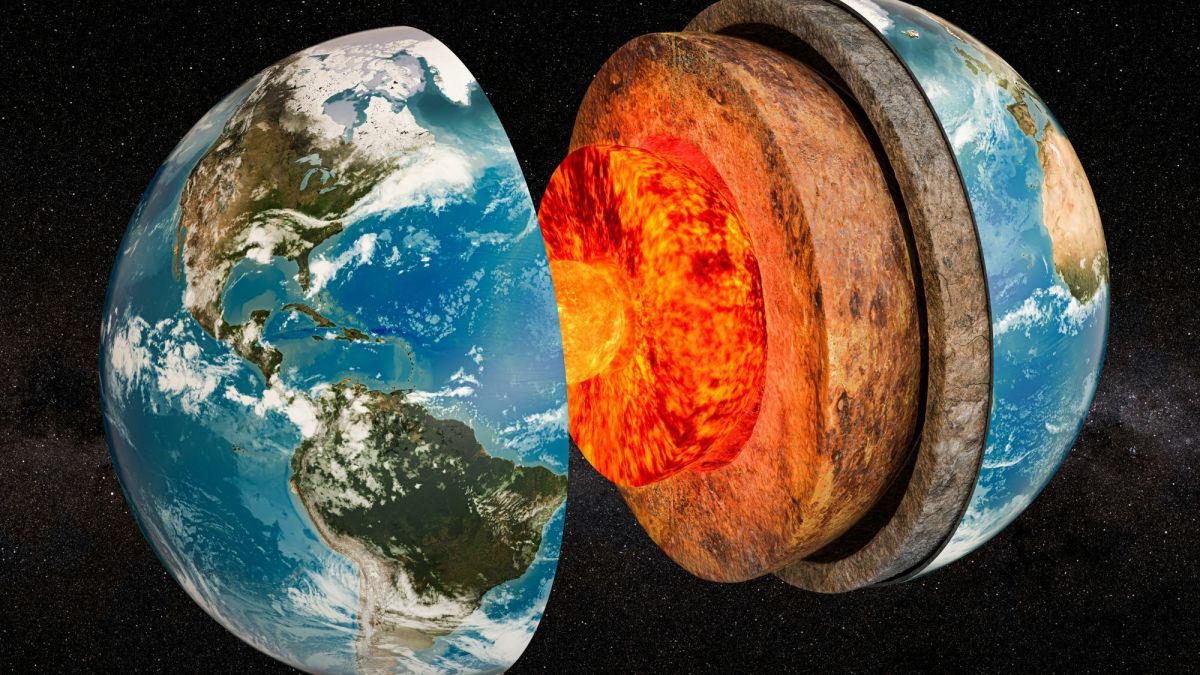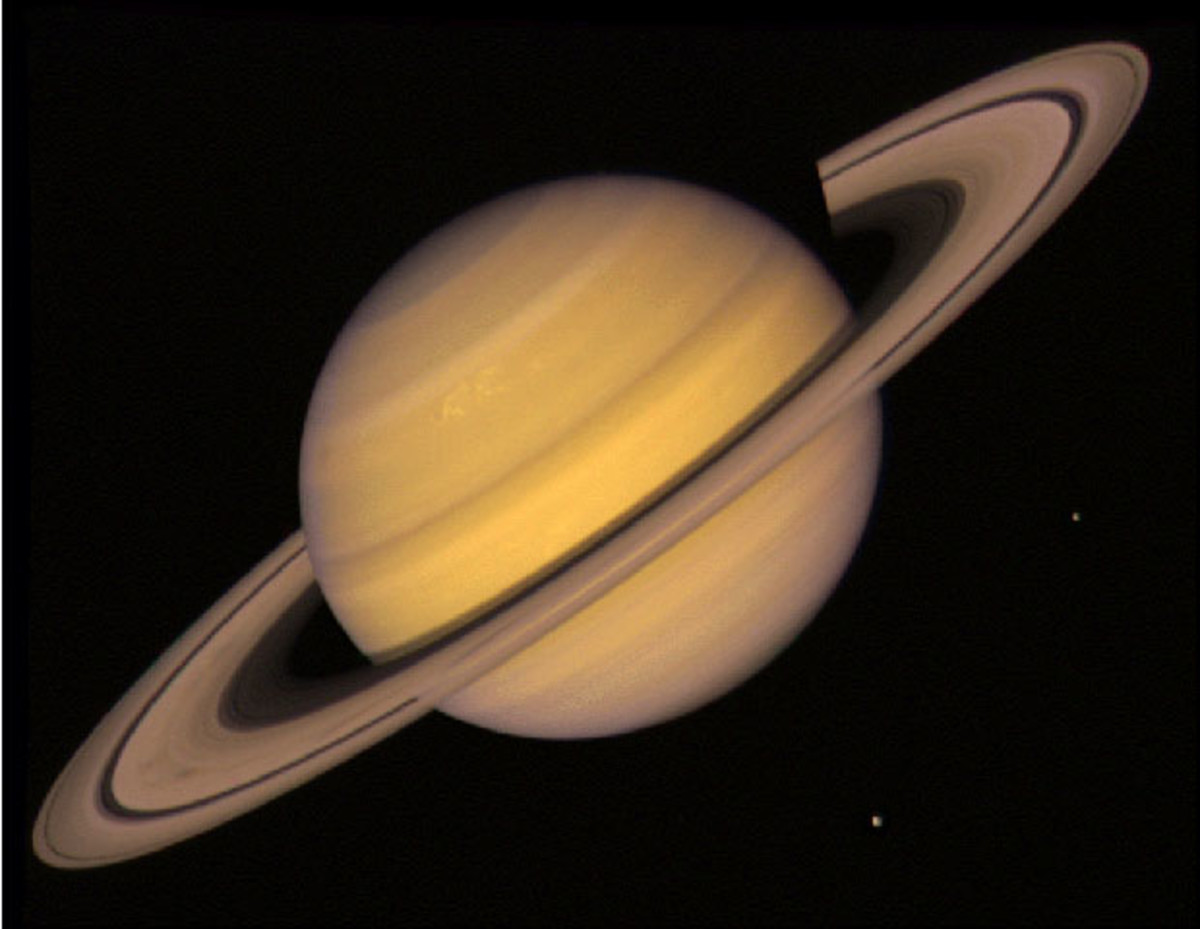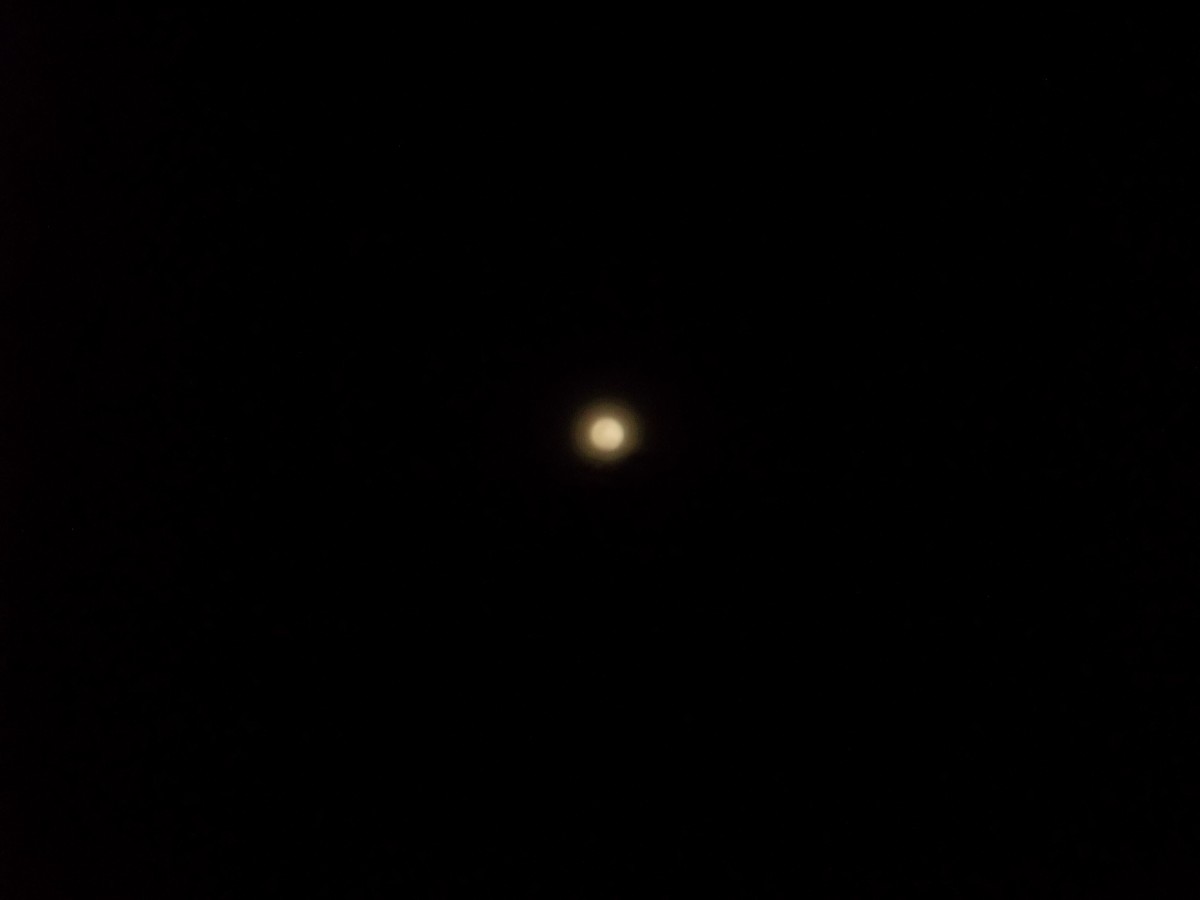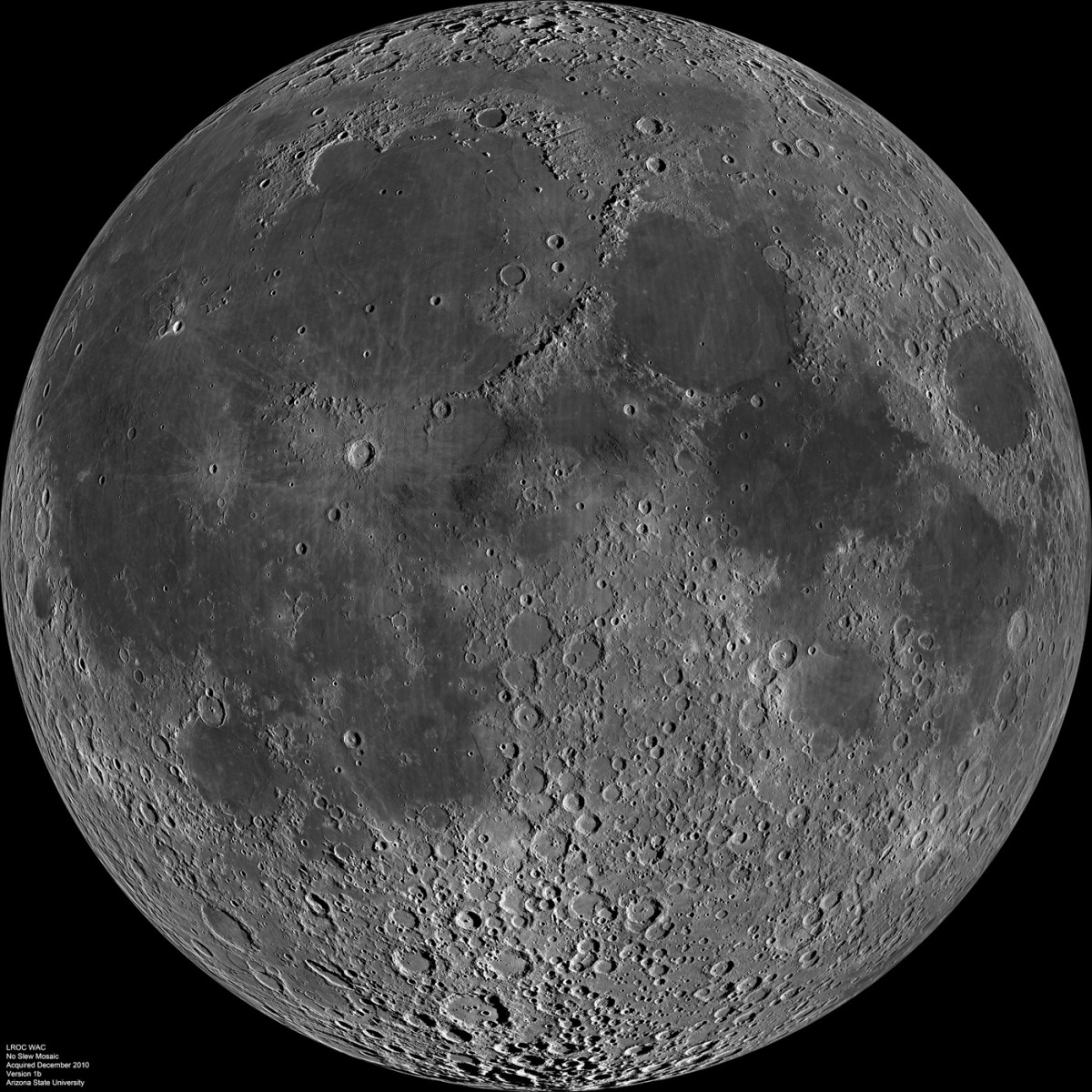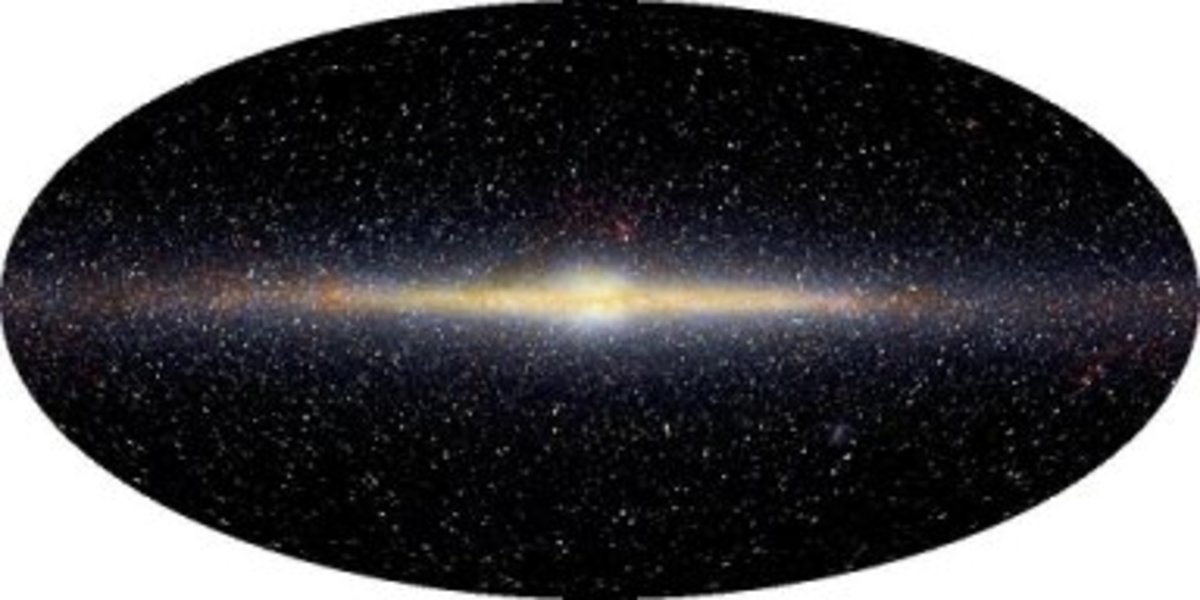What If We Had No Moon?
Earth's Natural Satellite
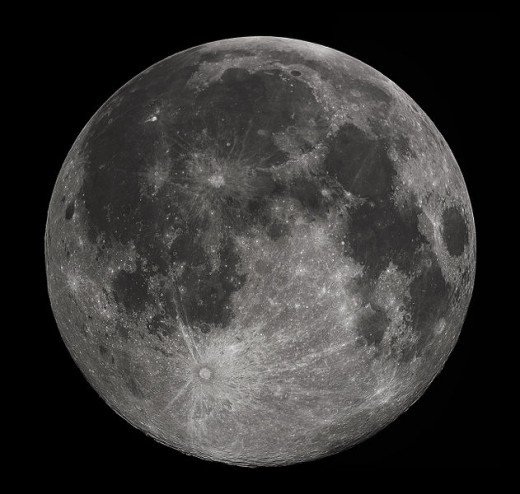
Did You Know?
During the period of extreme bombardment, the Earth was actually hit more often than the Moon, on account of it being larger and thus having a far greater gravitational pull. But due to the forces of erosion and tectonics, the Earth bares less scars today than the Moon.
Life on the Moon?
The bombardment explosions caused bits and pieces of the Earth to fly out all over the Solar System. Some managed to land on the the Moon, meaning that there could be a few hundred kilograms of ‘Earth’ per square kilometre on the Moon’s surface. These rocks are all in excess of 3.5 billion years old, but may harbour some of the earliest forms of life, immaculately fossilised within the rock. Future trips to the Moon could help unlock precious secrets about how life originated on Earth.
More on the Earth and Theia Hypothesis
- NASA probes seek remnants of lost 'Theia' planet • The Register
In recent times, trying to find more remnants of Theia has become an obsession for NASA scientists.
How the Moon Came to be
Nearly 4.5 billion years ago a huge dying star finally terminated itself, exploding violently. The awesome supernova, spewed out billions of tonnes of gasses, elements and rock widely across the cosmos. Out of the ashes of such a cataclysmic event, our solar system formed, including our own world, Planet Earth. Initially, the chances of our planet being able to harbour life were extremely low; Earth was a toxic, poisonous world. But 30 million years later, a mere blink of the cosmological eye, Earth’s seemingly bleak future was changed forever.
A huge planet, roughly the same size as Mars struck our world, which was nothing more than a magma ocean. The two worlds smashed into each other at an oblique angle, thus meaning that this planet, known as Theia did not destroy the Earth. Instead the worlds fused together, while a small part of the magmatic mantle was removed and thrust back into space. However, this mantle was unable to escape the gravitational pull of its parent world, and thus began a never ending orbit. Eventually, this relatively small chunk of mantle grew larger with the fusion of smaller pieces of debris, from both Earth and Theia. Eventually, the situation stabilised, and this small chunk of mantle became our Moon.
Initially the Moon was extraordinarily close to our world. Perhaps as little as 20,000 kilometres away, meaning it would have been 20 times bigger in the sky. At the time, Earth was lifeless, so no living creatures ever got the chance to witness such a beautiful scene.
Today, the Moon is mostly known as the force that affects the daily push and pull of the tides. But back in its infancy, the tidal affects on the magma covered Earth would have been even greater. So much so, that the Moon may have in fact prevented the Earth from cooling down for hundreds of millions of years.
Eventually, our world began to cool, and the first crust or land began to float on top of the rapidly dissipating magma. Earth was gradually transforming from a toxic planet into a blue planet, all of the ingredients need to create life were beginning to materialise. However, while the Earth was stabilising, it faced one of the most dangerous periods in its history. Initially, the formation of the Solar System had seen a period of extremely heavy bombardment, but had soon fallen into decline once the Solar System had taken on the appearance that we recognise today. However, around 500 million years after the formation of the Earth and the Moon, the age of intense bombardment returned, and lasted for about 100 million years. Scientifically, this extremely violent period in Earth’s history is known as ‘the late heavy bombardment’. While evidence for this violent period are scarce on Earth, due to the processes of erosion, the Moon’s deep craters serve as fantastic scars, that literally helps us to gaze backwards in time.
The Rise and Fall of the Tides Sped Up
The Humboldt Stream
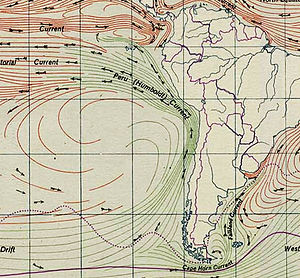
The Moon and our Climate
The most obvious way that the Moon affects our world is the gradual raising and lowering of the oceanic tides. But the affect isn’t uniform across the world; different areas are subject to more extreme tides. For instance, in the English Channel, the tidal range (the difference between high and low tide) can be as much as ten metres or 32 feet, while in the Pacific the typical range seen is less than a metre or three feet.
The Moon also affects the Earth’s crust. Basically the rise and fall of the tides causes significant heating and dissipation of energy to occur. A part of this energy heats the Earth, while another part is ejected into space, causing the Moon to gradually recede from the Earth over time. But don’t get panicking about the Moon someday vanishing completely, the Moon recedes about an inch a year away from us, so the celestial dance that began billions of years ago has a long way to go yet.
There is even a rather intriguing theory that suggests that the Moon’s tidal effects may have helped trigger the convection that led to the plate tectonic cycle we recognise today (earthquakes, continental drift and volcanism etc). The other planets don’t have the same cycle, and for the most part, their crusts simply sit motionless, barely budging an inch. As a result the magma and heat stored deep inside are prevented from reaching the surface. Earth’s crust acts very differently, moving frequently via a rolling convective motion that drags it across the planet, before eventually plunging it back into the mantle where it gets recycled.
The Moon also has subtle effects on the Earth’s climate and the ocean currents. One such pattern uncovered recently is the famous El Nino phenomenon that occurs in the Pacific Ocean. How it works, is that you have a cold undersea current coming up from the Antarctic, which keeps the sea around the coasts of Peru and Chile colder than they should be. Consequently, there are fewer clouds, and thus less rain and snow. Occasionally, this oceanic current, known as the Humboldt Stream drifts away from the coast, which radically alters the climate of Peru and Chile, bringing much needed rain. At the same time, this tiny shift has a marked effect on Australia’s climate, often causing droughts that can last years, sometimes up to a decade.
In recent times, satellites have closely monitored the Humboldt Steam and have additionally found other streams that were totally unknown before. Through intense study, they can connect some of these streams with how the Moon’s effects on the tides influences the various streams found right across the world.
If the Moon were to suddenly disappear, then a marked change would occur, with regards to the global altitude of the ocean. Presently, a disproportionate amount of water is sent to the tropical regions. So if the effect were taken away, then this water would be redistributed towards the Polar Regions. So an Earth without the Moon would see the tropical regions dry up almost instantly, whilst both the northern and southern most extremes of our planet would experience more precipitation than we see at present.
The Earth's Axis
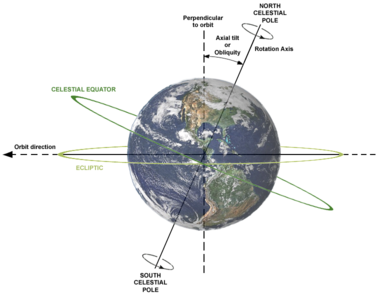
A Stabilising Factor
One of the most important ways that the Moon affects its parent planet is that it helps to stabilise its orbit, by ensuring it remains steady on its axis of rotation. It may sound trivial, but a quick look at our closest neighbour reveals just how important this stabilising affect is. Mars has wobbled quite dramatically on its axis over time, largely due to the gravitational influence of the other planets. If Earth had a similarly unstable orbit, the ice now presently at the poles could have easily swept down to the equator and back again. Thanks to the Moon, the changes in climate over time have been far less dramatic. Only on a relatively stable world such as ours, could complex multi cellular organisms like us evolve and survive. Without the Moon, only the smallest, simplest and most robust organisms could survive.
Phases of the Moon
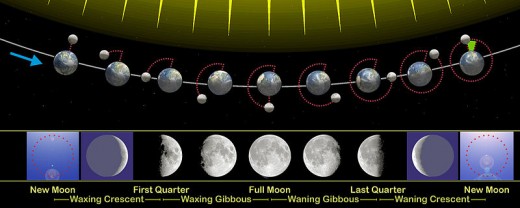
The Moon and Culture
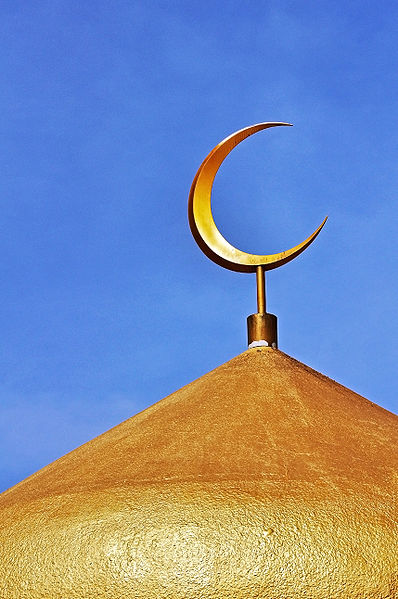
One Giant Leap for Mankind
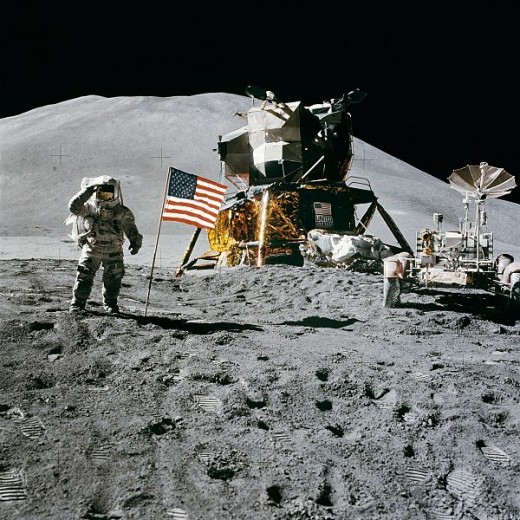
The Lunar Calendar Explained
- Lunar Calendar 2012
Lunar calendar for 2012 with the moon phases. The phases between 1971 and 2037 can be displayed. - http://www.moonconnection.com/moon_phases_calendar.phtml
Find past and future moon phases with this moon phases calendar/moon schedule. You can set the month and year for hundreds of years.
The Moon and Us
The Moon’s influence over the Earth stretches even further than oceans and climate, right down to us and the rest of life on Earth. For example, right around the world, along the coastlines there are a menagerie of species that are specifically adapted to the salt water conditions based on the gradual ebb and flow of the tides.
Closer to home, the eyesight of many mammals are very sensitive to moonlight. Without the Moon, the meaning of night vision would take on a whole different meaning. Indeed, many species have evolved in such a way that they can see perfectly even when the Moon is only partially illuminated, because that’s when they are most active. But of course, the danger of having night vision makes you more vulnerable to predators that also possess night vision. You could argue that the Moon played, and still plays a major role in the arms race between predator and prey.
As for us, our vision is so sensitive that we are virtually able to work by the light of the Milky Way alone. A full Moon actually has more light than we require to see at night. Remember that for most of our history, we lived as hunter gatherers, and many of our activities were actually organised by viewing the Moon. It helped us to determine the best time to hunt, gather and even break camp and move on. Later on, many early civilisations relied on the Moon to judge the best time to gather the harvest. That’s why the lunar calendar was so prevalent in ancient history, and indeed the Islamic calendar still follows the lunar cycle.
The Moon also played a major role in the emergence and understanding of science. It helped us to understand our place in the universe, we learnt how to determine distances in the Solar System, and also gauge the size of distant celestial objects. By studying the phases of the Moon, people were also able to determine accurately how far away the Moon is from Earth, it also helped us calculate the size of the Earth and how far away we are from the sun. In recent times of course, the Moon was the scene of the culmination of a space race between the two most powerful nations on the planet. The desire to set foot on the Moon opened the door for the monumental technical and scientific achievements that we often take for granted today. It quite simply fired our imaginations, and inspired us to leave our cradle and print our feet on new worlds. So the next time, you stare up at a full Moon, think about what would happen if it were ever to disappear forever.


